Today, the Commission issued an order denying the bulk of Invenergy's complaint, and ordering MISO to make a compliance filing, within 90 days of the date of this order, to revise Attachment FF to specify when and how MHVDC transmission projects are incorporated into MISO's transmission planning models, as discussed in the order.
So, the ball is now in MISO's court to come up with a process. A prospective process. As in for the future.
It doesn't get Grain Belt Express what it really wanted... an order requiring MISO to restudy its Tranche 1 and Tranche 2 to include GBE in its planning, and then plan around it. The Commission is clear about what Invenergy was asking for... and why.
Invenergy also requests that the Commission use its authority under section 309 of the FPA37 to grant remedial relief with regard to LRTP decisions that MISO has made to date to ensure that Tranche 1 and Tranche 2 assessments will result in just and reasonable rates.
Invenergy asserts that, despite the fact that it now has an effective TCA, MISO’s Tranche 2 draft portfolio still did not consider the impact of advanced-stage merchant transmission and therefore proposed a new 765 kV transmission line in Missouri that is redundant to the GBX Line.
Time cures all transmission "needs" because when a transmission project cannot be built in a timely fashion, other options always intervene to solve the need. In GBE's case, it was reliability and other needs in MISO that needed solving, and MISO was obligated to do so, so it did. MISO actually has a duty to ensure that the region's needs are met. MISO does not have to risk reliability waiting for a speculative merchant transmission project like GBE to get its stuff together and actually build its project. MISO cannot risk reliability by allowing speculative merchant projects to find customers and build. Whether GBE gets built or not is beyond MISO's control. MISO cannot order GBE to be built. GBE is on its own as a supplemental project that is only viable if it provides some benefit to voluntary customers.
And that seems to have been GBE's problem all along... lack of customers. Clean Line Energy never managed to find enough customers to make GBE economic, so it sold the project to Invenergy before going belly-up. Caveat emptor! Invenergy has also struggled to find customers for GBE. Despite "renewing" its negotiated rate authority recently, GBE still hasn't managed to hold an open season to attract customers. There's no guarantee that it will ever do so.
Meanwhile, the transmission planning world at MISO moves on, and new projects are currently in process that will supply energy as needed. Customers will pay for MISO's new lines no matter what. It remains to be seen whether these same customers will also opt to pay additional amounts to secure transmission capacity on GBE. I don't know why any customer would, if they can get the same service on new lines planned by MISO that they are already obligated to pay for.
Seems to me that this FERC order is a hollow victory. If GBE wants to continue to limp along and try to be included in MISO's next planning window base case, it's not going to get very far. MISO has made GBE redundant. GBE's turtle-like creep toward ever becoming viable didn't win the race.
And before I go, here's one more thing from the Order worth noting...
In this case, Invenergy has not shown that MISO’s approach is unreasonable in how it is treating the external nature and unidirectional flow of the GBX Line, and the contention that the GBX Line can be operated bidirectionally misses the mark. The record is clear that Invenergy has not requested the ability to withdraw energy from MISO but only to inject energy onto MISO’s system. Even though the GBX Line could allow bidirectional flow, the GBX Line does not have the agreements and studies in place to effectuate bidirectional flow. This same logic also applies to the GBX Line as an external facility, as it is not intended to solve transmission issues on MISO’s transmission system.
Seems both Kansas and Missouri bought a whole briefcase full of who shot John, and GBE is further from being built than ever. Isn't it time to stop throwing good money after bad and waiting for Grain Belt Express to become a viable project? How many decades before the blinders come off? Gotta wonder if Michael Skelly is laughing his ass off somewhere in Montana, still tilting at windmills.

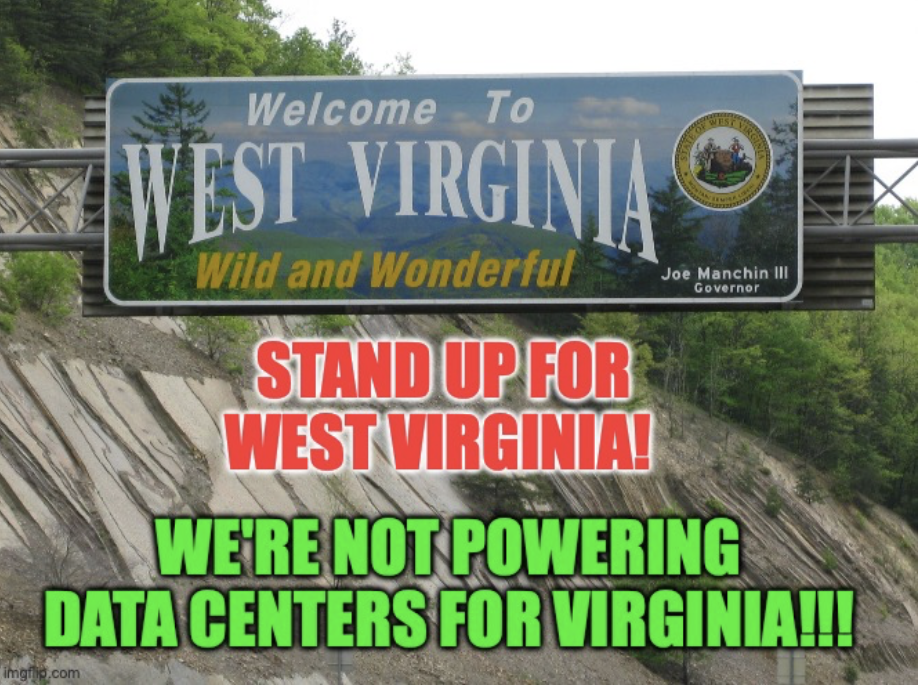


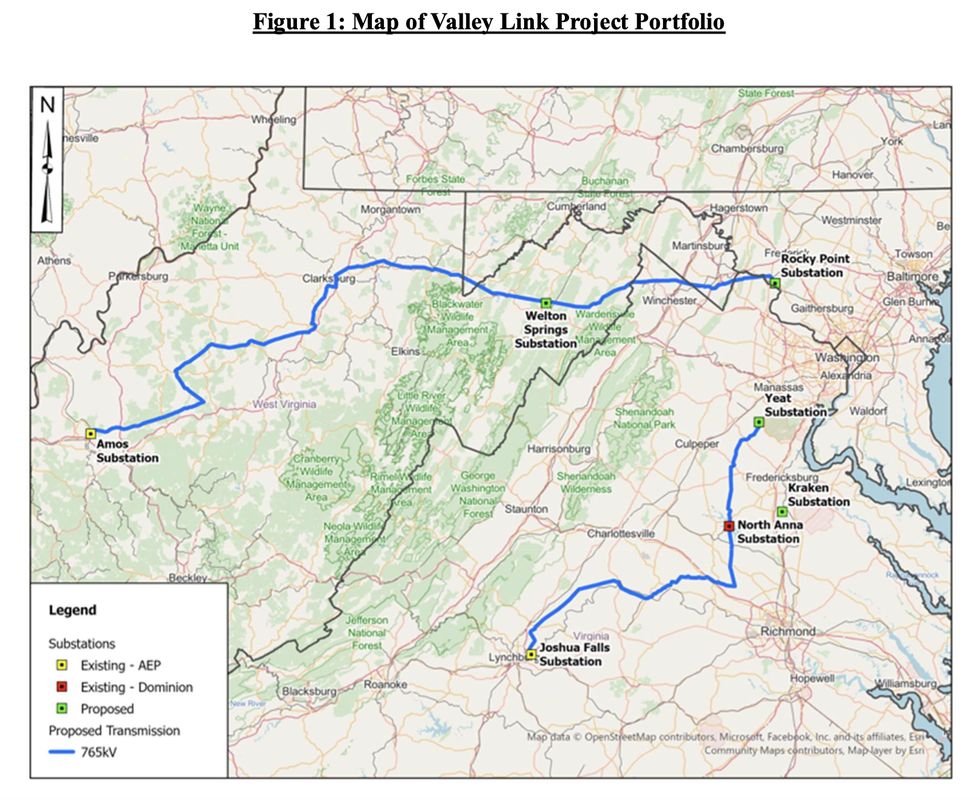
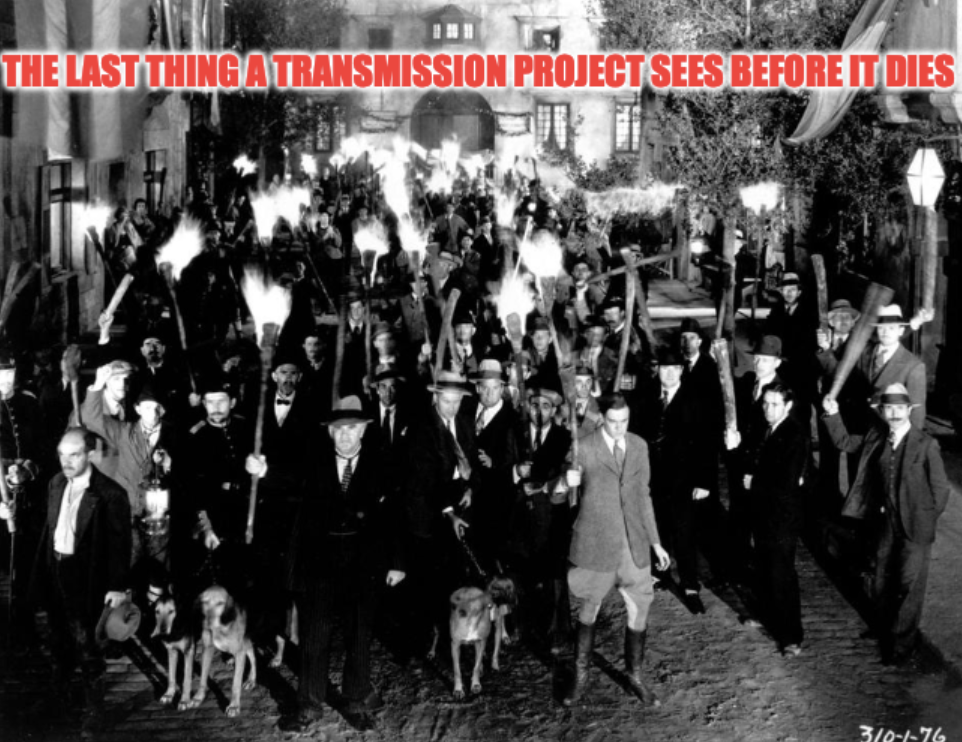
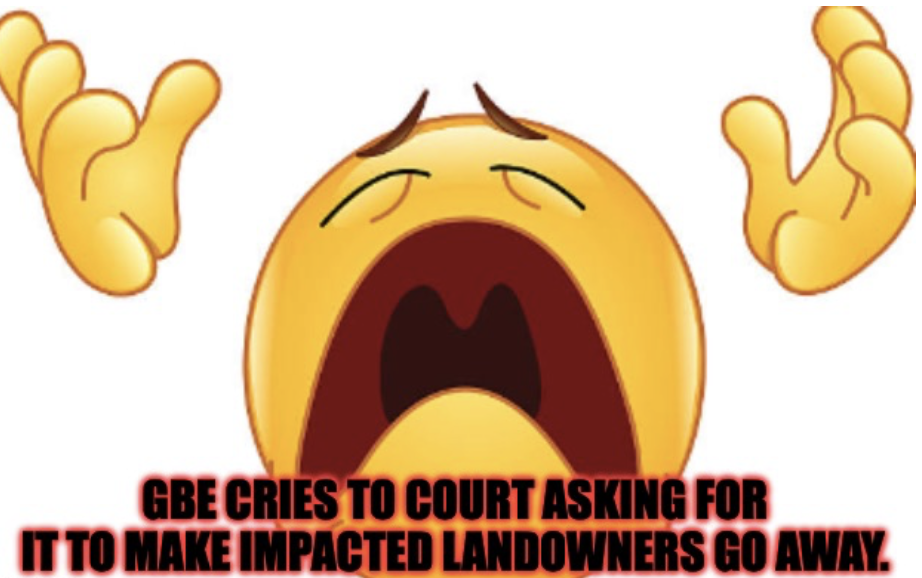
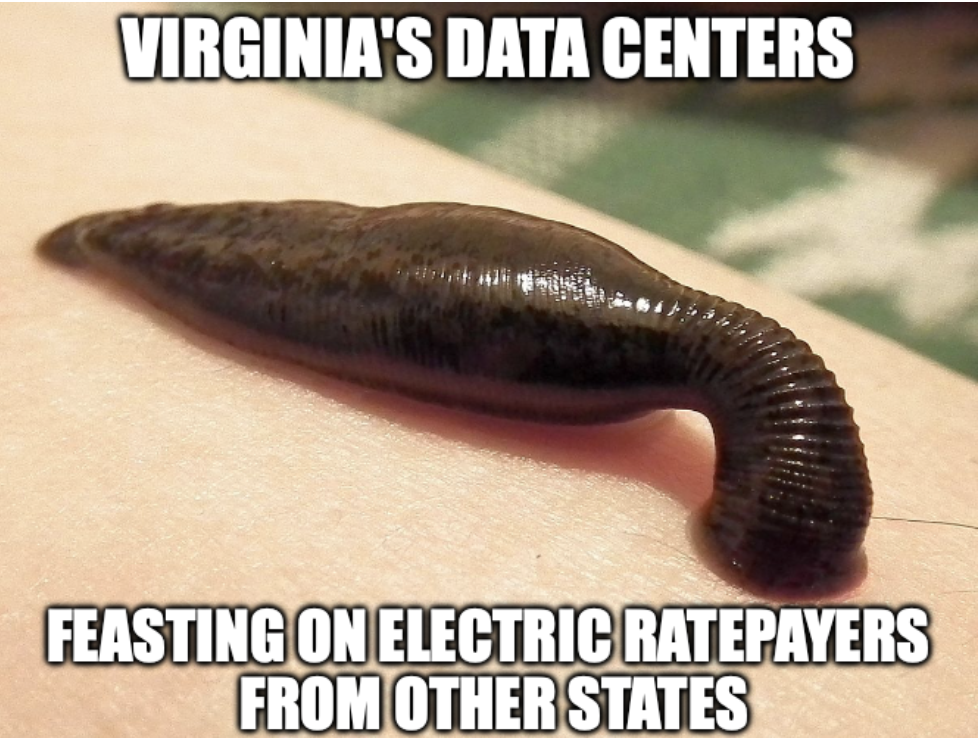
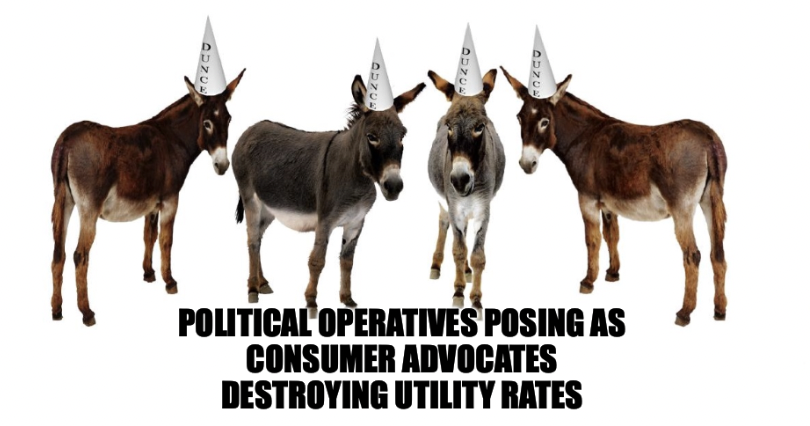
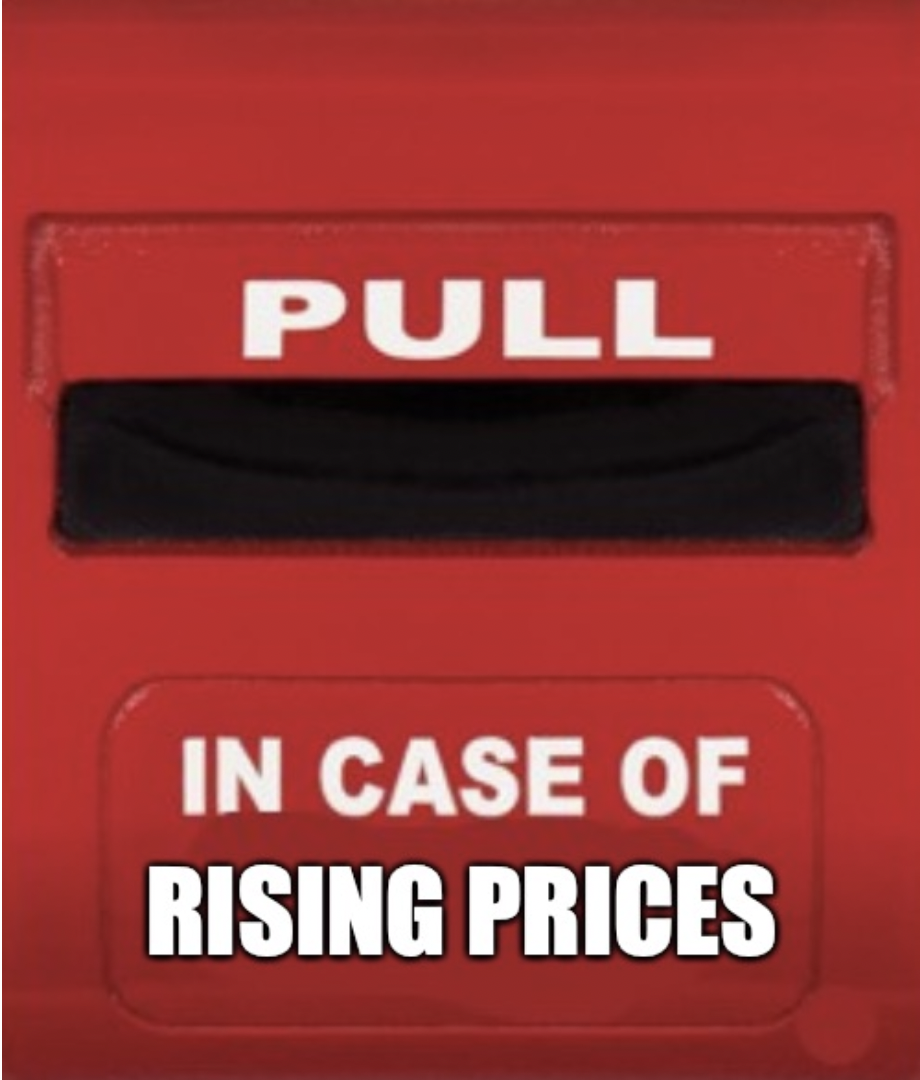
 RSS Feed
RSS Feed